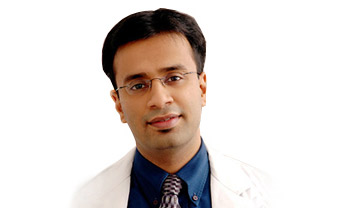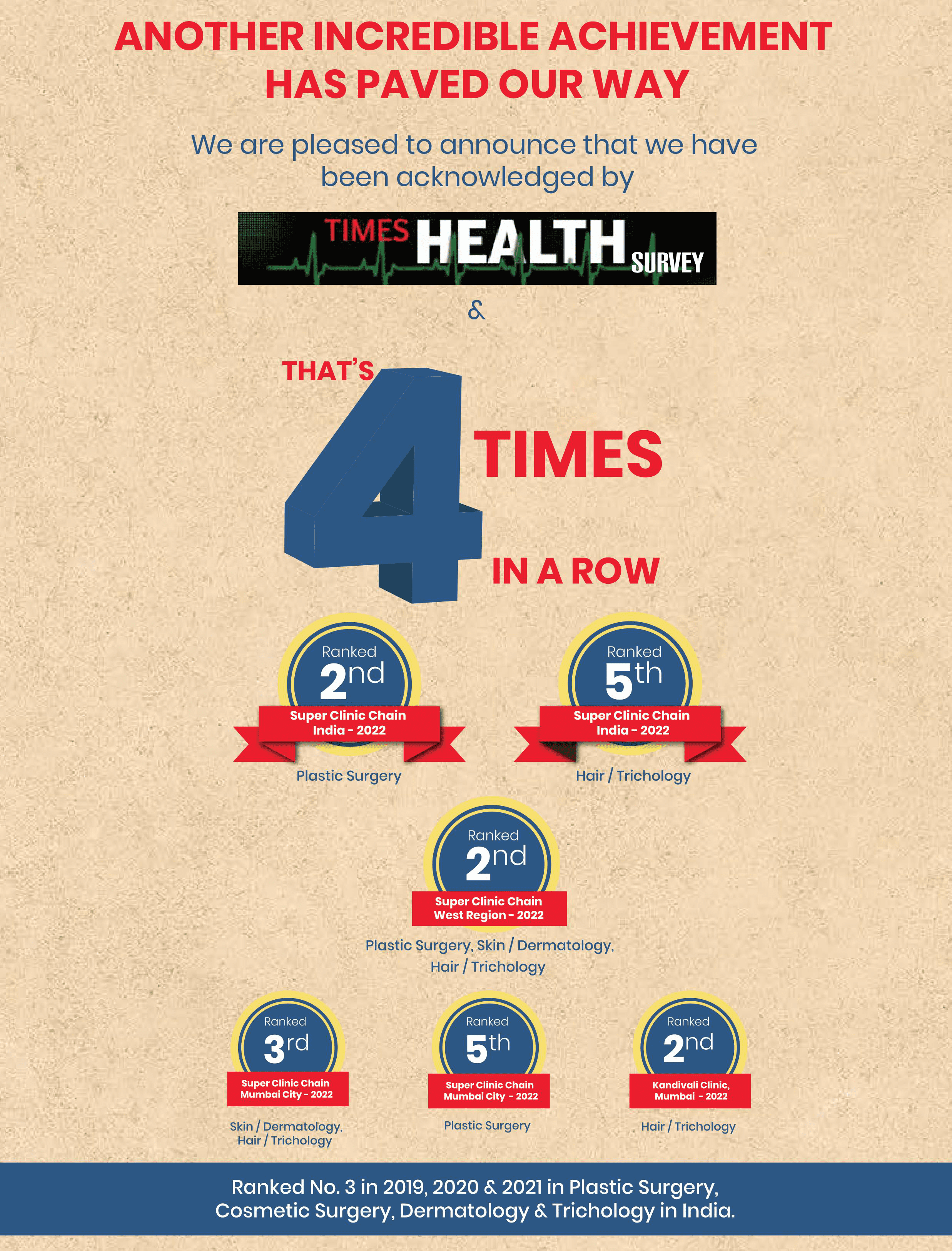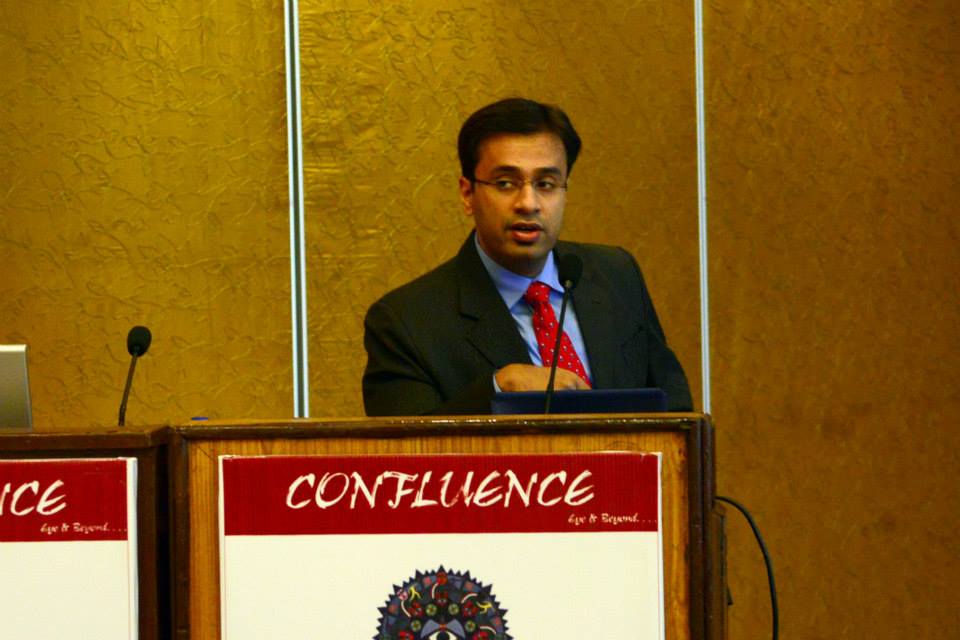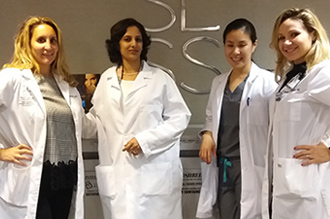This condition of uncontrollable eye blinking and twitching is called Benign Essential Blepharospasm or BEB.
Blepharospasm is the term used to describe the set of conditions characterized by uncontrollable closure of the eyelids and blinking frequently. Blepharospasm is a kind of focal dystonia (neurological problem) in the eyelids, which means that a particular set of muscles in your body (in this case, the eyelid muscles) undergo muscular contractions without your control. The cause of dystonia is thought to be the misfiring of neurons in a part of the brain called the sensorimotor cortex. This debilitates the ability of the brain to control certain inhibitory mechanisms, resulting in unintended muscular contractions. Simply put, there is an imbalance between the muscles causing eye closure and eye opening. The eye closure muscles force closure of the eyelids, due to a neurological problem. Hence, the problem with the person having Blepharospasm is not with the eyes or the vision of the person. It is with the movement of eyelids, brought about by muscular contractions.
Different drugs have been used which have varying effects, but all these drugs have a limited efficacy. Lithium and diazepam (valium) are sometimes used. Tetranbenazine has shown some benefit in some patients. However, drugs may work on one patient and not on another, so, there is no standard treatment regime. Moreover, oral medications have many side effects and this in turn can create more issues for the patient.
Botulinum toxin is obtained from the bacteria Clostridium botulinum. It causes disruption of nerve messages to the muscles and thus prevent muscle contraction. Toxin injections are given to the patient at 4 to 8 sites around each eye. The injection shows its effect 2- 3 days after administration, reaches maximum effect after 7-10 days and lasts for 3-4 months. After which there is a need for re-injection.
In general, botox injections are extremely safe and are the gold standard of treatment for all eye twitching disorders such as blepharospasm, hemifacial spasm and Meige's syndrome. There can be some common side effects of using botox injections like dryness of eyes and double vision. Short-term blurry vision is also common. These side effects are temporary. Eye drops can be useful in preventing dryness of eyes. The eye drops are important also since dryness of the eyes can exacerbate the twitching of the eyes.
When the patients are poorly responsive to botulinum therapy, surgery is usually performed for the eyelid closing muscle (called the orbicularis oculi), which is called orbicularis myectomy. It involves removal of some of the upper eyelid and eyebrow muscles, which are responsible for squinting and closure of the eye. Sometimes upper eyelid surgery is followed by lower eyelid surgery also, if symptoms persist. 75 to 80 percent of people with blepharospasm have found this treatment very effective.
Full upper orbicularis muscle myectomy is performed by making an incision adjacent to the eyebrow hair, thus allowing access to the muscles of the upper lid and some of the brow muscles. Most of the muscle is removed, but a central part of the muscle is kept at the margin of the upper eyelid in order to retain voluntary closing of the eye. In limited upper myectomy, incision is made in the crease of upper eyelid and less eye muscle is removed from the upper lid only. After this treatment, some patient still requires botulinum toxin injections. Myectomy can be done under local or general anesthesia.
In the post-surgical period there is swelling, bruising and redness due to blood accumulation in eye area, which may prevent full eye opening. Cold compresses should be given for 4 to 5 days to reduce swelling. It may take up to 6 months to 1 year for complete healing process after myectomy.
Watch the video of a patient with Blepharospasm treated with botox Injections:
It is often said that eyes are the window to the soul. Any imperfections relating to the eyes are not only very prominent, but also very inconvenient as they may cause irritation, tearing and poor vision. Cosmetic surgery is one way of ensuring the correction of imperfections and flaws. Blepharospasm treatment can be surgical or non-surgical, by means of which uncontrollable twitching of the eyelid can be controlled.
Surgical procedures are associated with medical and recovery costs. In India, high quality medical care is available without the astronomical costs that cover medical procedures in countries like UK, USA and Singapore. The cost of blepharospasm treatment depends on the type of treatment required by the patient. You should discuss the types of treatments and their costs with your doctor thoroughly before embarking on a treatment plan.
The Esthetic Clinic is involved in every step of your cosmetic surgery journey, from start to finish. Our head surgeon, Dr. Debraj Shome, is a highly accomplished surgeon with extensive facial surgery experience. The highly-trained and friendly staff at the clinic will ensure that you feel reassured and comfortable throughout the course of your cosmetic surgery.
Dr. Debraj Shome is a highly trained facial plastic surgeon and Oculoplastic surgeon having received training from the best institutes in the world. He is extremely skilled with treating eyelid and facial abnormalities, including benign essential blepharospasm (BEB), hemifacial spasm, Meige's syndrome and other cervico-facial dystonias. Both surgical techniques and non-surgical methods for blepharospasm treatment are available at the The Esthetic Clinic. In case you need treatment for blepharospasm, The Esthetic Clinic is well-equipped to help you.


Dr. Debraj Shome is Director and Co founder of The Esthetic Clinics. He has been rated amongst the top surgeons in India by multiple agencies. The Esthetic Clinics patients include many international and national celebrities who prefer to opt for facial cosmetic surgery and facial plastic surgery in Mumbai because The Esthetic Clinics has its headquarters there.






